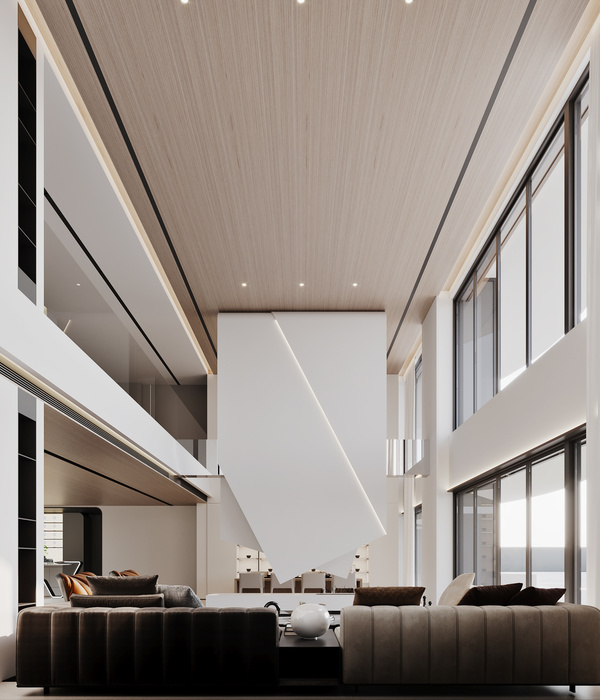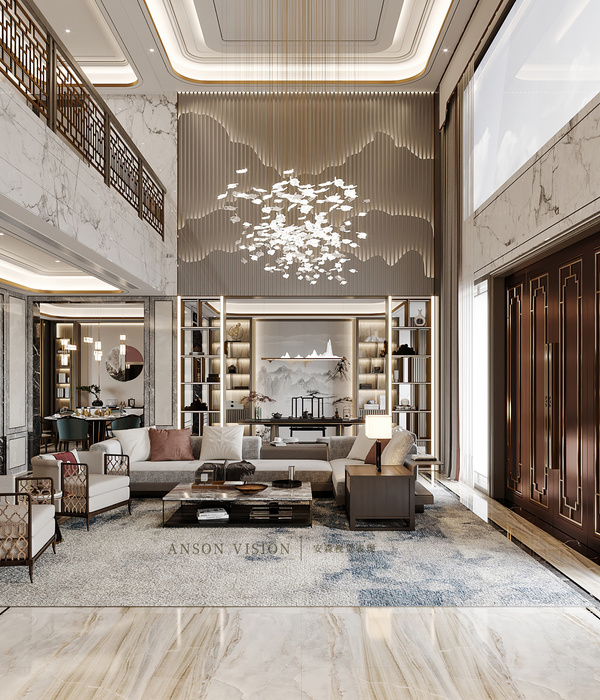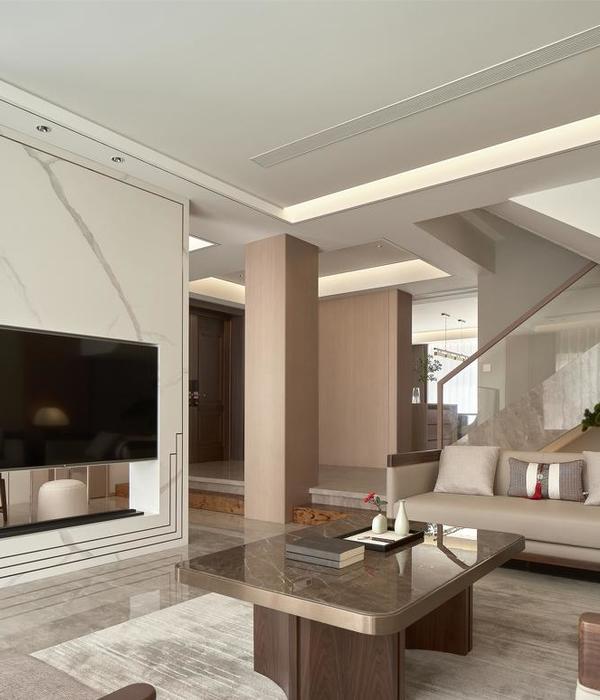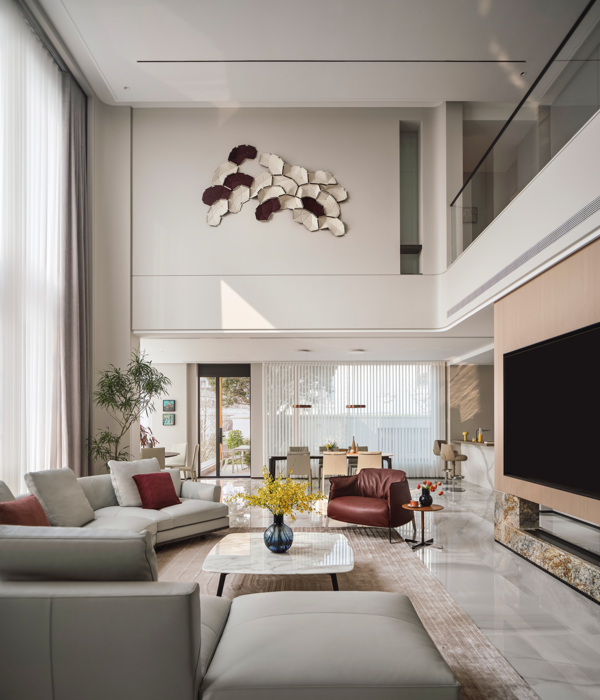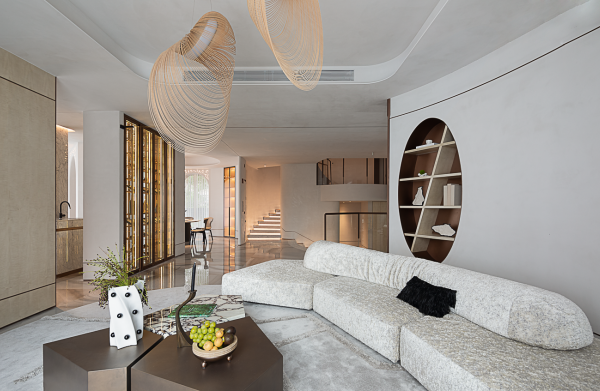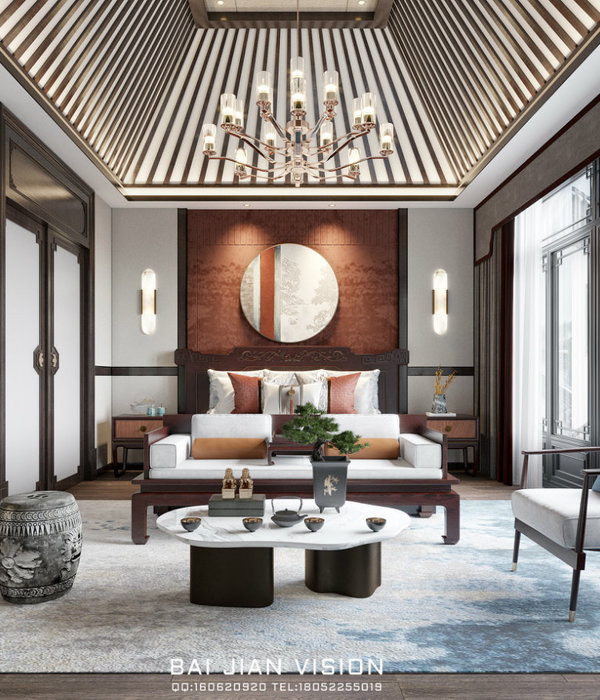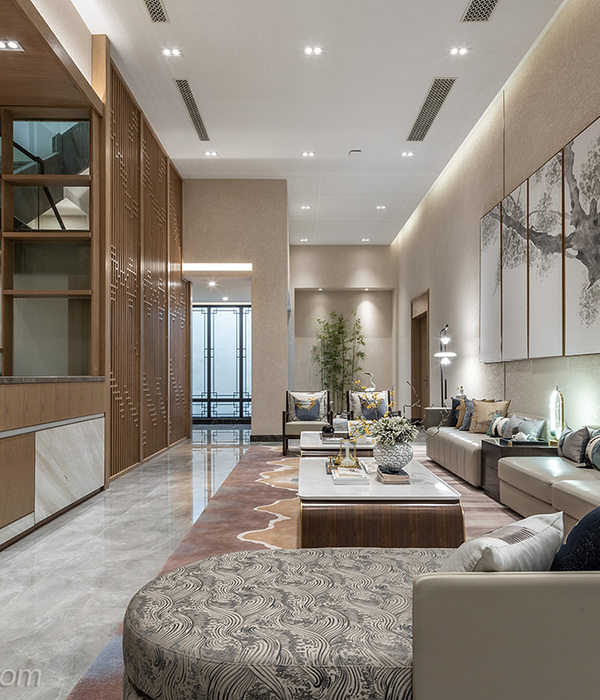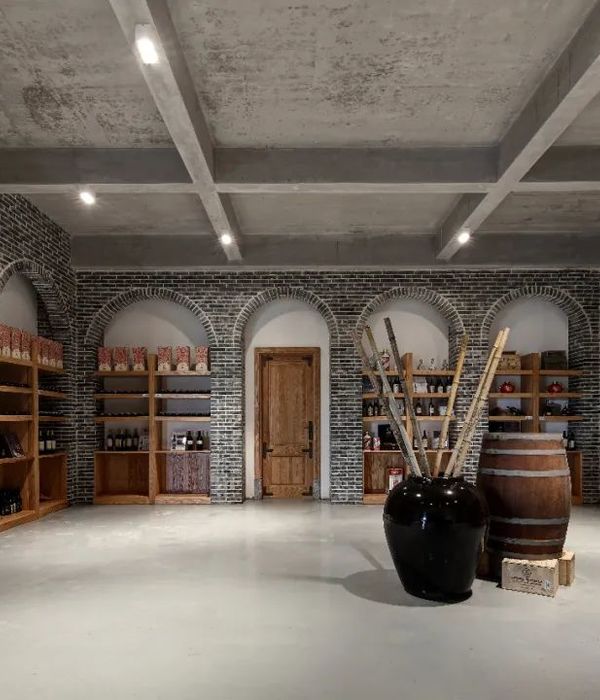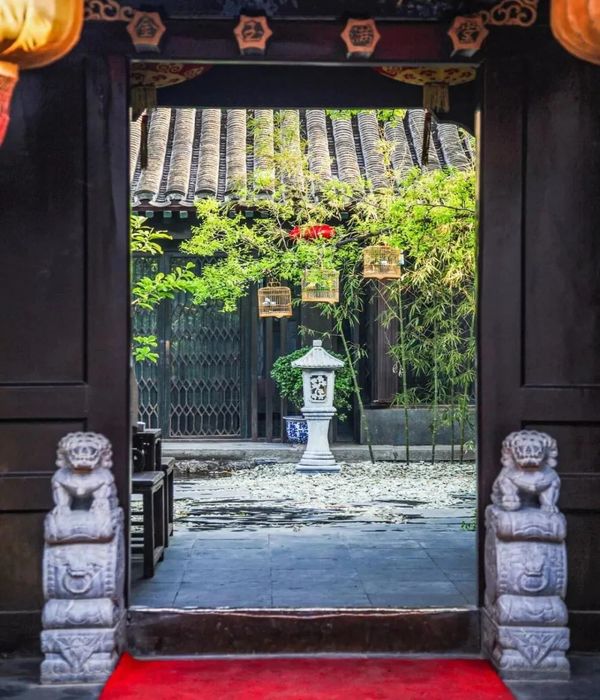ENG - Shanghai literally translates as “On the Sea”, which comes as no surprise given its coastal location on the East Chinese Sea. Its 6500 square metres are home to 30 million inhabitants, and while today it is one of the most technologically advanced cities in the world and an extraordinary multicultural metropolis, its history is long and varied. From its roots as a simple village through two dynasties, a republic and a host of international events that have shaped it, today it is the largest and most developed city in China.
Often referred to as the “Pearl of the Orient”, it is divided by the Huangpu River into Puxi and Pudong regions, translating as east and west of the river respectively, but nowadays more often described as Old and New Shanghai.
Puxi, the old centre of the city, started developing in the 19th century, and is home to traditional neighbourhoods such as the Bund and French Concession where you can still view plenty of colonial British and French architecture. On the other side of the Huangpu is modern Pudong, a startling contrast with its towering skyscrapers that started dominating the cityscape back in the early 1990s. Home to the Shanghai World Financial Centre, Hong Kong New World Tower and the famous Shanghai Tower that rises 632 metres from the ground, Pudong is also where we find the Salvatori apartment. Located on the twentieth floor, its interior design echoes the fusion of the city’s technology, innovation and tradition through the artful use of shapes, colours and materials, expressed with elegance and versatility.
The morning dawns calm and silent, high above the city, as you pad your way through the apartment to the lounge area, your feet enjoying the coolness of the honed Crema d’Orcia limestone underfoot. The lovely creamy pale tones continue on the walls, this time in Stone Tatami, punctuated by clean dark lines of Pietra d’Avola, creating that perfect balance between tranquillity and warmth, echoing the wonderful harmony and lightness of spirit that Eastern architecture seems to so effortlessly impart.
This is the perfect way to ease yourself into the day ahead, taking the time to enjoy the early morning light that gently falls across the stone here and in the kitchen, where the walls in pale lime plaster create an elegant contrast to the deep brown cabinetry in Pietra d’Avola Tratti with its distinctive gold-colour accents that add a spirit-lifting touch of understated bling to your morning.
With your tea or coffee at hand, your breakfast ritual can begin as you sit down at your Design for Soul table in Bianco Carrara, perhaps absentmindedly tracing your finger along the golden seams that take their inspiration from the ancient Japanese art of Kintsugi, used to repair broken pottery and now reinterpreted in our Lost Stones texture. You probably won’t be using the wine cooler and tray at this time of day, but the beauty of these two pieces from the Ellipse collection is that they are also a joy simply to look at, and their pure white forms are certainly in keeping with the unhurried pace of your morning and a welcome antidote to the frenetic atmosphere that awaits outside.
But first, there is still time to revel in the cocooning atmosphere of your home, as you open the door to the bathroom and envelop yourself in the luxurious and elegant atmosphere created by the dark, moody tones of Pietra d’Avola limestone, both underfoot and on the walls. The spacious shower nook with its Balnea base is all about smooth, honed stone, while the ridged texture of CNC outside provides depth and interest. This is definitely an environment that oozes tranquillity and wellbeing, with its sober darkness enlivened with a touch of burnished brass on the Quadro mirror and TABL-EAU towel rack. It’s tempting to linger, but there’s a world to explore outside.
The first port of call is the Old City with its labyrinth of streets crammed with tiny shops, and a visit to one of the many wonderful teahouses you’ll find there. If you’re after a traditional experience, the Mid Lake Pavilion Tea House with its typically pagoda-like structure, is hard to beat, but if you want to get away from the tourists and are in a more minimalist type of mood, maybe you take a taxi and head over instead to Tingtai Teahouse. Situated in the thriving art area of Moganshan Road or the SoHo of Shanghai, the Tingtai is a triumph of contemporary design that artfully reinterprets the traditional teahouse in a very modern way, with a dash of Brutalism thrown in for good measure.
If you’re looking to take in some culture, the Jade Buddha Temple is a must, even though it’s a taxi ride from the Old City, but just a 20-minute stroll from Moganshan. Home to a pair of famous Sakyamuni buddhas brought back from Burma by a monk in 1882, the largest of which weighs around 1000 kg and is almost 2 metres high, the temple is a welcome haven from the hustle and bustle of its downtown location.
Then it’s on to the Shanghai Museum, a modern building comprising 11 galleries and displaying some of the most important and priceless ancient Chinese works of art in the world. By now, it’s definitely time to think about food, and the perfect spot is the Xintiandi quarter where you will be spoilt for choice with a wealth of restaurants, cafés and shops of every imaginable kind. With its Shikumen stone houses that blend Western and Chinese architecture, this is the perfect area to experience that fusion of tradition and innovation that illustrate the idea that “yesterday and tomorrow meet in Shanghai today”.
It’s been a long day but as your taxi crosses back over the river towards home, it would be remiss not to pop into the Jin Mao Tower for a drink on the 87th floor, or just to take in the incredible view from the observation deck situated at 340 metres. Observing the city below, you are aware of its rich diversity, but also just how it can assault your senses, with its traffic, its chaos and the cacophony of daily life. Much as it is stimulating and fascinating, day after day it can become overwhelming, which is why the Salvatori apartment has been designed to create a welcome refuge where you can shut that world out and rejuvenate your mind and soul.
There is no better example than the main bedroom with its walls in Crema d’Orcia Stone Tatami, accented by strips of honed Pietra d’Avola in a contemporary take on traditional Japanese matting. The contrast of the pale walls with the dark floor in Pietra d’Avola Stone Tatami, also used for the bespoke bed frame, creates a sense of warmth and comfort. The clean, minimalist décor is softened by a handful of carefully selected accessories such as the Pietra L11 candle holder and Fontane Bianche trays, while an Archimera miniature house adds a touch of quirky fun to this beautifully serene environment.
Before you slip into bed, you pop into the ensuite bathroom and enjoy the rough texture of Stone Tatami underfoot, here in Crema d’Orcia Select, appreciating the calming cream hues of Crema d’Orcia on the ceiling in a plaster finish and walls, again in Stone Tatami. If it’s not too late, you fill the Anima bathtub and sink into the warm water and reflect on the day, feeling the stresses simply wash away as you enjoy your peaceful eyrie in the middle of this vibrant and exciting city.
ITA - Chiamata anche Perla d’Oriente, Shanghai si affaccia sul Mare Cinese Orientale, da cui la traduzione letterale “sul mare”, ed è divisa in due dal fiume Huangpu, divisione che, insieme alla storia, ha contribuito a plasmare in modo significativo il paesaggio urbano della città. Da questa divisione col tempo si sono formati i due grandi agglomerati di Puxi e Pudong i cui nomi letteralmente significano semplicemente “ad ovest del fiume” e “ad est del fiume” ma con i quali spesso si intende il centro città più antico, sviluppatosi a partire dal 19° secolo con i caratteristici quartieri del Bund e della Concessione Francese in cui si possono ammirare rispettivamente gli edifici in stile britannico e francese (Puxi) e il nuovo centro città, sviluppatosi a partire dal 1990 e caratterizzato da una moltitudine di grattacieli (Pudong). Ed è proprio nel centro di Pudong, l’area più moderna della città, con il suo World Financial Centre, l’Hong Kong New World Tower e la già famosa Shanghai Tower alta ben 632 metri, che prende forma al ventesimo piano di uno dei suoi altissimi grattacieli l’appartamento Salvatori, in cui la fusione tra tradizione e tecnologia rispecchia totalmente quella della città circostante in un connubio tra forme, colori, raffinatezza e versatilità.
La mattina comincia calma e silenziosa, in una confortevole sensazione di accoglienza data dalla scelta dei rivestimenti per il pavimento e per le pareti dell’intera zona giorno. Nello specifico sono state usati i rivestimenti conferendo all’intero ambiente quella sensazione di pulita linearità tipica dell’idea architettonica orientale dove la pulizia delle forme si combina con la luce creando un contesto rilassante ed accogliente al tempo stesso.
Attraversare questi spazi di prima mattina permette di cominciare la giornata in modo pacato, godendo della luce riflessa dai rivestimenti non solo in sala ma anche in cucina, dove sulle pareti è applicata ancora la finitura in Stone Tatami e dove il piano cucina è rivestito in Pietra d’Avola levigato inserendo così non solo ulteriori ed eleganti punti luce ma anche un elemento di impatto in grado di dare la giusta spinta alla mattinata. Il tavolo Design for l, nella sua versione Lost Stones in Bianco Carrara dove le pietre naturali di scarto provenienti da cave dismesse tornano a nuova vita grazie all’arte del Kintsugi, e previsto in comunione con la glacette ed il vassoio Ellipse, si inserisce perfettamente nel puzzle celebrando, grazie alle giunzioni in oro, la bellezza e la storia unica di ogni lastra ed offrendo un placido momento di relax, arricchito magari da un buon caffè ed una spremuta e tutto da godere prima di lanciarsi nel frenetico e sovrappopolato mondo contemporaneo cinese.
Shangai oggi ospita infatti ben più di 30 milioni di abitanti in quasi 6.500 kilometri quadrati e rappresenta una delle città più tecnologicamente sviluppate al mondo ma non è sempre stato così, questo odierno centro multiculturale nasce infatti come semplice villaggio e sono servite due dinastie, una repubblica e molti altri avvenimenti di stampo internazionale affinché diventasse quello che conosciamo oggi, ovvero la più grande e più sviluppata città della Cina.
La giornata è lunga e molte sono le cose da vedere; dopo una calma e rigenerante colazione è il momento di prepararsi ad uscire ed una bella doccia è quel che ci vuole: il piatto doccia quadrato della linea bagno Balnea, sapientemente avvolto dal pavimento e dalle pareti in Pietra d’Avola levigato ed in CNC Pietra d’Avola ed arricchito dallo specchio Quadro e dal portasalviette TABL-EAU in Pietra d’Avola ed ottone imbrunito, permette di entrare nello stato mentale adatto a fronteggiare il frenetico stile di vita di questa città. L’esaltazione delle imperfezioni tipica della finitura CNC, infatti, unita alla scelta dei toni caldi della Pietra d’Avola e al design moderno ed intrepido dello specchio Quadro, con il suo audace e versatile effetto estetico, permette di trovare l’equilibro e la forza necessaria per affrontare la giornata al meglio.
La prima tappa non può che essere la cosiddetta “Città Vecchia”, la parte più caratteristica di Shanghai, con il suo padiglione del Tè, dove solitamente ogni aprile si svolge lo Shanghai International Tea Culture Festival, ed i tipici tetti a pagoda. I vicoli di questa parte della città sono quasi un labirinto e sono ricolmi di negozietti tutti da scoprire.
Altra tappa obbligatoria è il Jade Buddha Temple; un po’ lontano dalla Città Vecchia ma la cui visita è obbligatoria dal momento che è dentro questo tempio che si trova la famosissima ed enorme statua di Buddha, alta quasi 2 metri, dal peso di circa mille chili e portata dal Myanmar da un monaco cinese nel 1882 per rappresentare Sakyamuni nella posizione dell’atto di toccare terra. Dopo il tempio è il momento dello Shanghai Museum, uno dei più importanti musei in città, il quale, con il suo design moderno, ospita, attraverso ben undici gallerie, i più importanti pezzi d’arte cinese antica, ognuno dal valore inestimabile.
Girare e muoversi mette fame e non c’è posto più caratteristico del quartiere Xintiandi per mangiare. Qui è infatti possibile trovare ristoranti caffè e negozi di ogni tipo, anche di sera e durante il finesettimana, ma non solo: in questo quartiere che è possibile trovare anche le famosissime Shikumen, le abitazioni in pietra in tipico stile architettonico cinese, particolarità che rende Xintiandi un esempio unico di coesistenza tra tradizione ed innovazione tanto da definirlo come il luogo dove “ieri e domani si incontrano oggi a Shanghai”.
Rientrando, infine, non è possibile non fermarsi alla Jin Mao Tower, uno degli edifici più moderni della città, per salire fino all’”observation deck”, posto all’ottantottesimo piano a un’altezza di 340 metri, e godersi una delle viste più sensazionali al mondo.
La vita a Shanghai offre infinite sollecitazioni ma stanca anche, soprattutto a causa del traffico e dei vari mezzi di trasporto che per spostarsi ogni cittadino è costretto a prendere, ed è per questo che l’abitazione Salvatori è progettata per ricreare un mondo calmo ed accogliente dove è piacevole rientrare e dove è possibile rilassarsi e rigenerarsi a pieno. La camera da letto ne è un esempio con le sue pareti realizzate incastrando in modo esemplare le finiture Stone Tatami Crema d’Orcia Select e Stone Tatami Pietra d’Avola levigato le quali, insieme al pavimento e al letto, entrambi rivestiti in Stone Tatami Pietra d’Avola, uniscono la linearità orientale ai toni caldi tipici di questa pietra naturale conferendo all’intero ambiente un senso di calore e comfort del tutto avvolgente. Il portacandela Pietra L11, così come anche il vassoio modulare di Fontane Bianche ed Archimera nella sua versione Bianco Carrara contribuiscono inoltre ad arricchire lo spazio di piccole ma essenziali note di luce.
La volontà di ricreare uno spazio confortevole in cui l’anima può trovare asilo trova infine la sua completezza nella realizzazione del master bathroom dove il pavimento e i pattern delle pareti in Stone Tatami Crema d’Orcia Select con bordo in Stone Tatami Pietra d’Avola levigato sono affiancate al soffitto in Crema d’Orcia, così da arricchisce ulteriormente lo spazio di raffinata luce riflessa, e dove non solo il lavabo freestanding ma anche e soprattutto la vasca della collezione Anima, nella sua versione Crema d’Orcia ed in comunione con l’appendiabiti Fontane Bianche, creano le condizioni perfette per la creazione di un luogo fuori dal tempo, caratterizzato da un design caldo e accogliente ma al tempo stesso funzionale e pratico, in grado di stimolare sensazioni di tranquillità e rilassatezza.
{{item.text_origin}}

